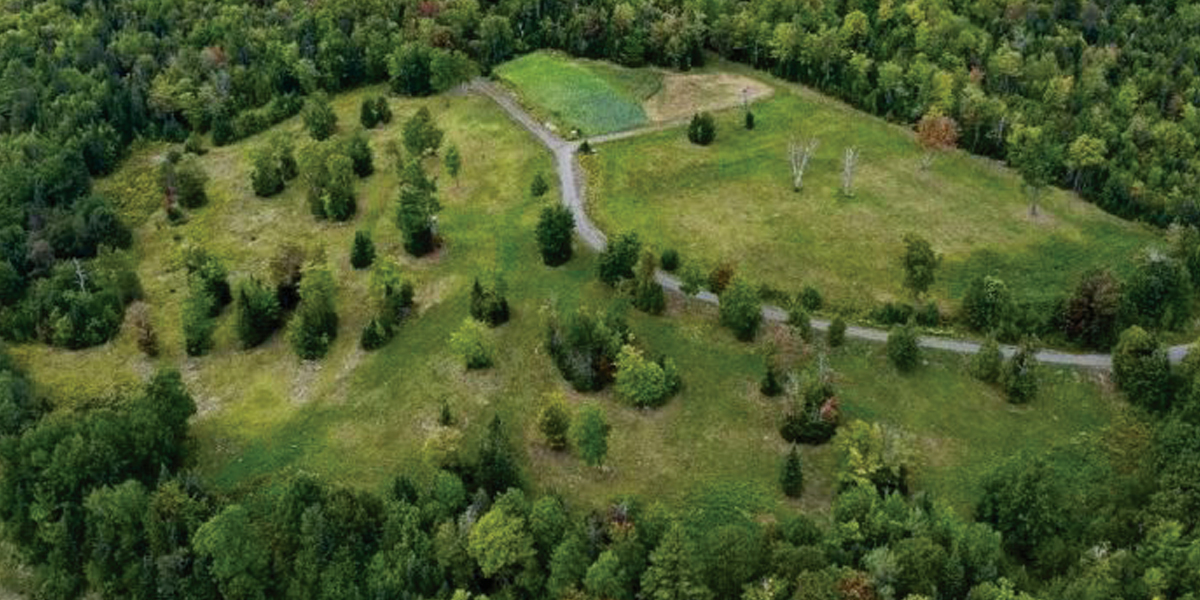Like many other developing countries, Pakistan is also confronted with the challenge of deforestation and climate change, with about 27,000 hectares of forests vanishing per year due to excessive demand of wood, socio-economic imbalances and vulnerability to weather related issues.
“Pakistan is highly vulnerable to climate change due to its geographical placement, deforestation and annual population growth rate of two per cent,” said Ten Billion Tree Tsunami Programme (TBTTP) Deputy Project Director Muhammad Ibrahim Khan. He maintained that the negative effects of climate change and deforestation can already be observed, and once such case of this is the recent snowstorm in Murree which resulted in the death of 22 people. Furthermore, the country has seen climate catastrophes such as the drought between 1999 and 2003, the devastating floods in 2010, the cyclones on the coasts of Gawadar and Karachi in 2008, as well as, the formation of a glacial lakes in Chitral and GB.
According to Pakistan’s National Forest Policy 2015, the country only had a five per cent forested area, while the international requirement to meet its climate goals requires it to have as much as 25 per cent. Furthermore, the policy further revealed that forests in private and community lands in Khyber Pakhtunkhwa (KP) and Gilgit-Baltistan (GB) are also under tremendous pressure due to climate change and population growth.
While speaking of climate cognizance, particularly where deforestation was concerned, Ibrahim revealed that the Pakistan Tehreek-i-Insaaf government, in its first tenure in KP, devised the Green Growth Initiative (GGI) with a focus on forestry, protected areas, national parks, clean energy, climate resilience, sanitation and water management. Following the establishment of the GGI, the Billion Tree Afforestation Programme (BTAP) was launched in KP on November 2014 with an allocated budget of Rs19.44 billion. In practice, the target of planting 1.2 billion saplings was reached at an estimated cost of Rs14.363 billion, saving Rs5.077 billion from the national exchequer. Terming BTAP as the world’s fourth biggest plantation project successfully implemented by Pakistan after China, India and Ethiopia, the programme director noted that the project has increased KP’s forest covered area to 26.6 percent in 2018 from an earlier covered area of 20 percent in 2013. It has thus surpassed the 25 per cent required international forestation standard. “The Pakistan Space and Upper Atmosphere Research Commission has also reported an 85 per cent positive change detection in forested area in KP,” said the official, while adding that, “World Wildlife Foundation (WWF) has reported an 88 per cent survival rate of BTAP plantations.”
Following the success of BTAP, the Prime Minister Imran Khan had launched TBTTP on September 2, 2018 to plant 10 billion trees in the country including an additional one billion seedlings in KP by 2023. “Work on TBTTP is successfully underway in the province where 505 million saplings have been planted through farm forestry, enclosures and by the general public until January 31, 2022,” said Ibrahim. He further stated that 270 million plants were cultured through man-made plantations, 30 million through and dibbling and another 200 million through public plantation and farming. The target of planting an additional one billion saplings would be achieved through natural regeneration in 6,259 enclosures, including 2,000 in merged locations spreading over an area of 250,000 hactares and the raising of new plantation will be raised on 111, 314 hectares, besides the establishment of Biodiversity Knowledge Parks and others forests initiatives.
“KP’s share in the TBTTP is Rs27 billion for which Rs13.5 billion each would be provided by the Federal and KP governments,” he said and rejected the impression of delay of funding for the project. According to the official, spring plantation has been started across province including seven merged tribal districts where 104.882 million saplings would be planted with assistance of stakeholders under conventional plantation.
‘Fruits, ornamental and bees flora plants has been made part of the TBTTP for the first time, therefore, over 199.900 million seedlings, including 2.8 million fruits plants and three million ornamental plants, would be distributed free among general public, organisations, farmers and civil society,” revealed the official.To promote apiculture, he said about one million saplings of berry would be distributed and sown mostly in southern districts of KP.
Recognised by The Bonn Challenge Conference of Parties (COP21), World Economic Forum, WWF and International Union for the Conservation of Nature, the project has greatly helped in raising 10 new forests in the country, including the Ghari Chandan Azakhel Mathani Peshawar on 3,000 hectares with 3.2 million plants, a forest that is now bigger than Changa Manga, said Ibrahim. Similarly, 2.840 million green jobs were provided to people, including to 2,933 women during the project.
KP Forestry, Environment and Wildlife Minister Syed Ishtiaq Urmar revealed that more than 332 plantation events were inaugurated by federal and provincial minister, parliamentarians and other government officials in KP on the occasion of the Plan for Pakistan Day. According Urmar’s ministry, a total of 173 million saplings would be planted in KP over an area of 95,984 hectares including 70 million in enclosures under Plant for Pakistan. A target of 540 million plants is the target set at the national level to be achieved through the participation of 750,000 workers. Likewise, over three billion trees would be planted in 2023.

















